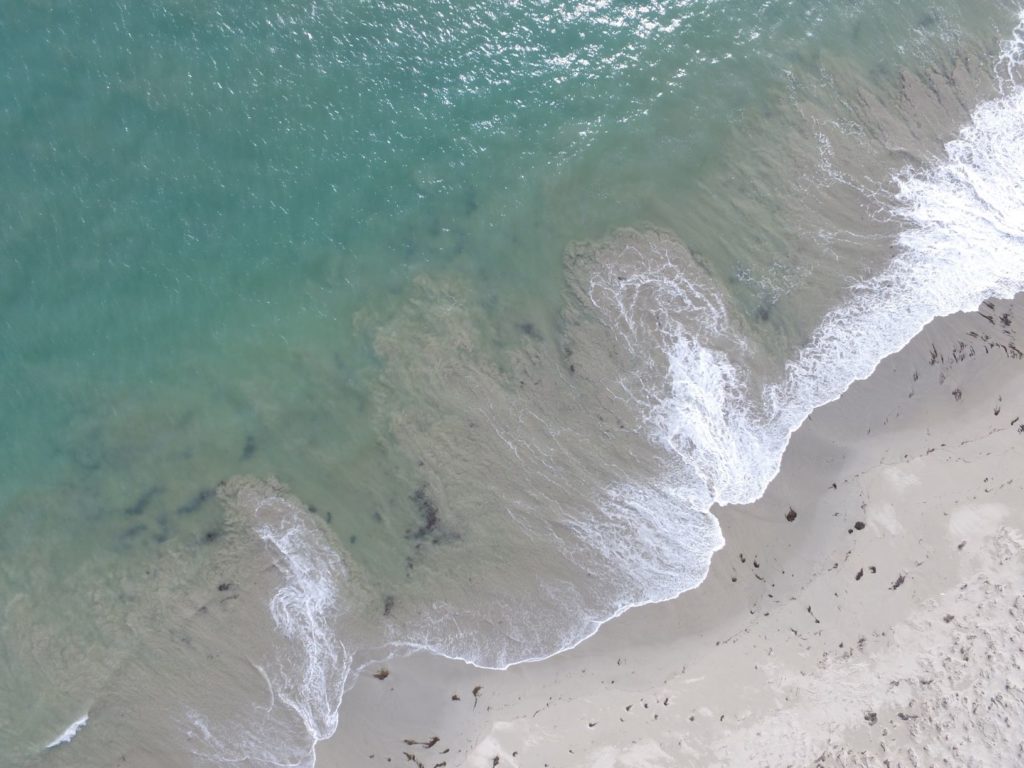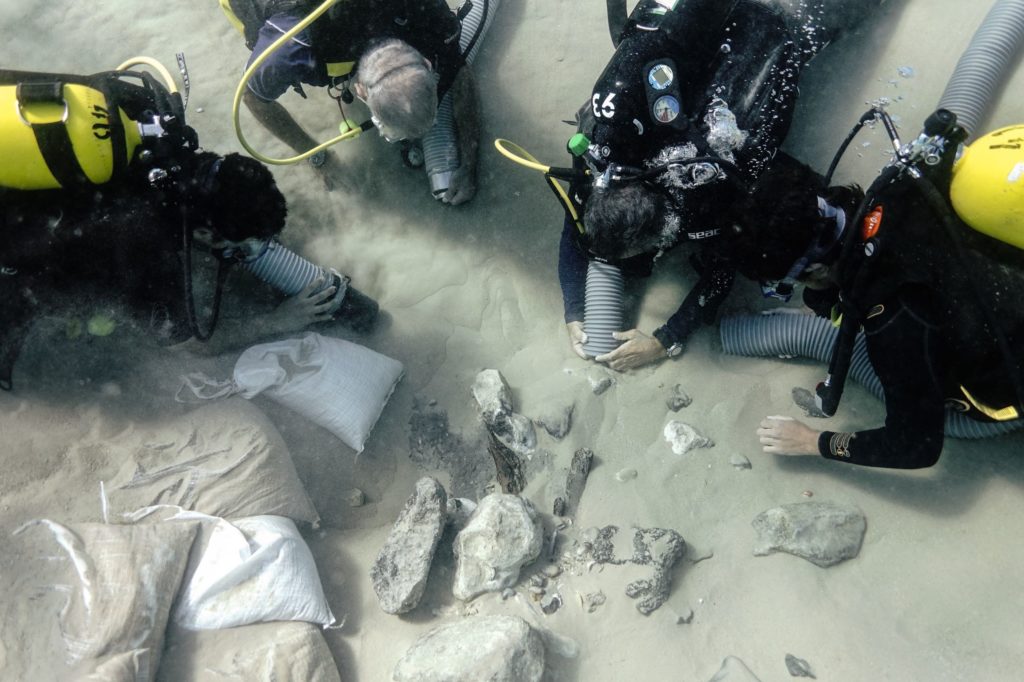Coastal Geomorphology
The coastal geomorphology and marine geology group are experts in fields ranging from coastal dune evolution and dynamics to coastal-nearshore sediment transport and dynamics. Past research projects range from studies on the relationships between surfzone fauna and surfzone dynamics, the Holocene (past 10,000 years) evolution of coastal barriers, E.I.A. of coastal developments, the interrelationships between surfzone processes, regional winds and dunefield evolution, the evolution and aerodynamics of Earth and planetary dune systems, coastal dune initiation, and aerodynamics and ecology of coastal dunes.
Recent research focuses on the impacts of climate and future climate change on dunefields, computational fluid dynamics modelling on dunes, sediment transport processes in Gulf St. Vincent and arid coastal dune dynamics. While, research highlights include the development of surfzone-beach-dune interaction models, the discovery of new dune types, the dynamics of mega-blowout dunes in Tibet and ‘sticky’ dunes on Titan, and the role of introduced fauna on coastal dune vegetation dynamics in southern Australia.


